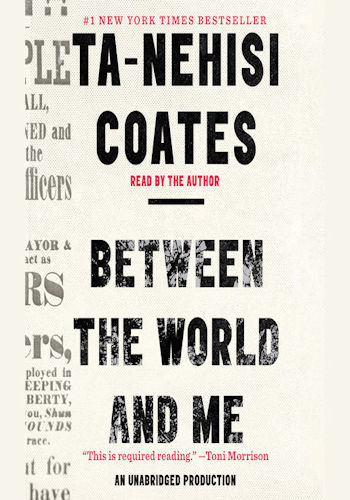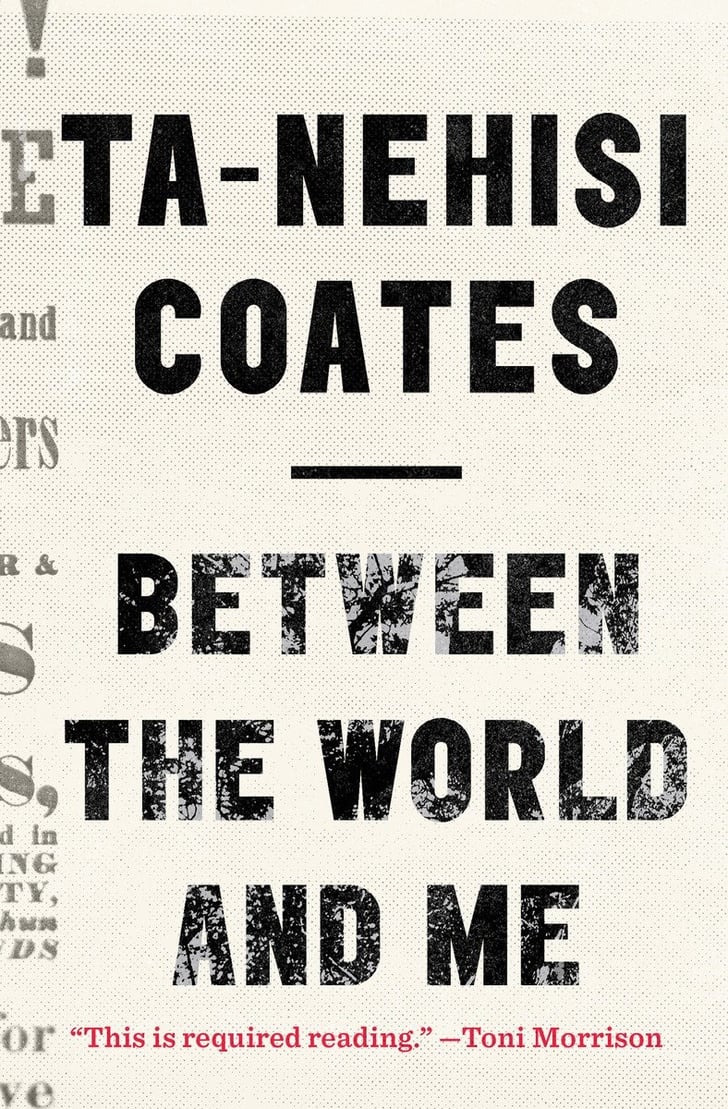

Coates elaborates on Jone’s death and connects it with the community, families, and perspective of black bodies being taken without consequence. Neither county prosecuted the officer who later claimed a case of mistaken identity as the reason he ended Prince Jones’s life. The officer had followed him from Prince George’s County.


Jones was shot in the back 5 times by an out-of-uniform officer in Fairfax County. Like his son, Coates experienced the agony and confusion of the murder of his friend, Prince Jones in 2000. He also talks about leaving this bubble and his experiences in Northern Virginia. He talks about the women he met there, the friends he made, and the overall atmosphere of the campus. He calls it ‘The Mecca’ in the book as a place of knowledge and mental expansion. He connects these feelings with his own experiences growing up in Baltimore.Īs Coates becomes a young man, he reflects to his son his own emotions about these systems and how his mindset has evolved to address these challenges. His son grew up seeing this injustice, and Coates makes a point to connect these tragedies with the history of America and the systematic processes of racism that he himself has experienced. This is the same year as the murder of Eric Garner, Tanisha Anderson, and Michael Brown (among many others), and less than 2 years after the murder of Treyvon Martin, another teenage black boy. Coates’ son at this point in time is also 12. A 12-year-old boy whose body was stolen for carrying a toy gun in Cleveland, OH in 2014. The book begins with his own son’s anguish, pain caused by the outcome of the shooting of Tamir Rice.

He is introspective and not pretentious as he carries the reader through his childhood and young adulthood. Coates uses his experience to guide both readers of color and white readers into his reality. He relates the disturbances in the community, his brawls, the culture of the streets, to his and other black peoples’ loss of control of their own bodies. Throughout the novel, Coates relates his experiences with the fact that black people in America lack the autonomy of their own bodies, a privilege many take for granted. He points out to his son the reality of school, his neighborhood, the streets, and his experience within them. He paints a picture of his youth that is vivid and reveals some of the facets of growing up in this environment. Follow along in American history with Coates as he grows up in West Baltimore, attends college in Washington D.C., and has a child in New York. Ta-Nehisi Coates wrote this novel as a letter to his son. Difficult truths will crash upon you as you read Between the World and Me.


 0 kommentar(er)
0 kommentar(er)
